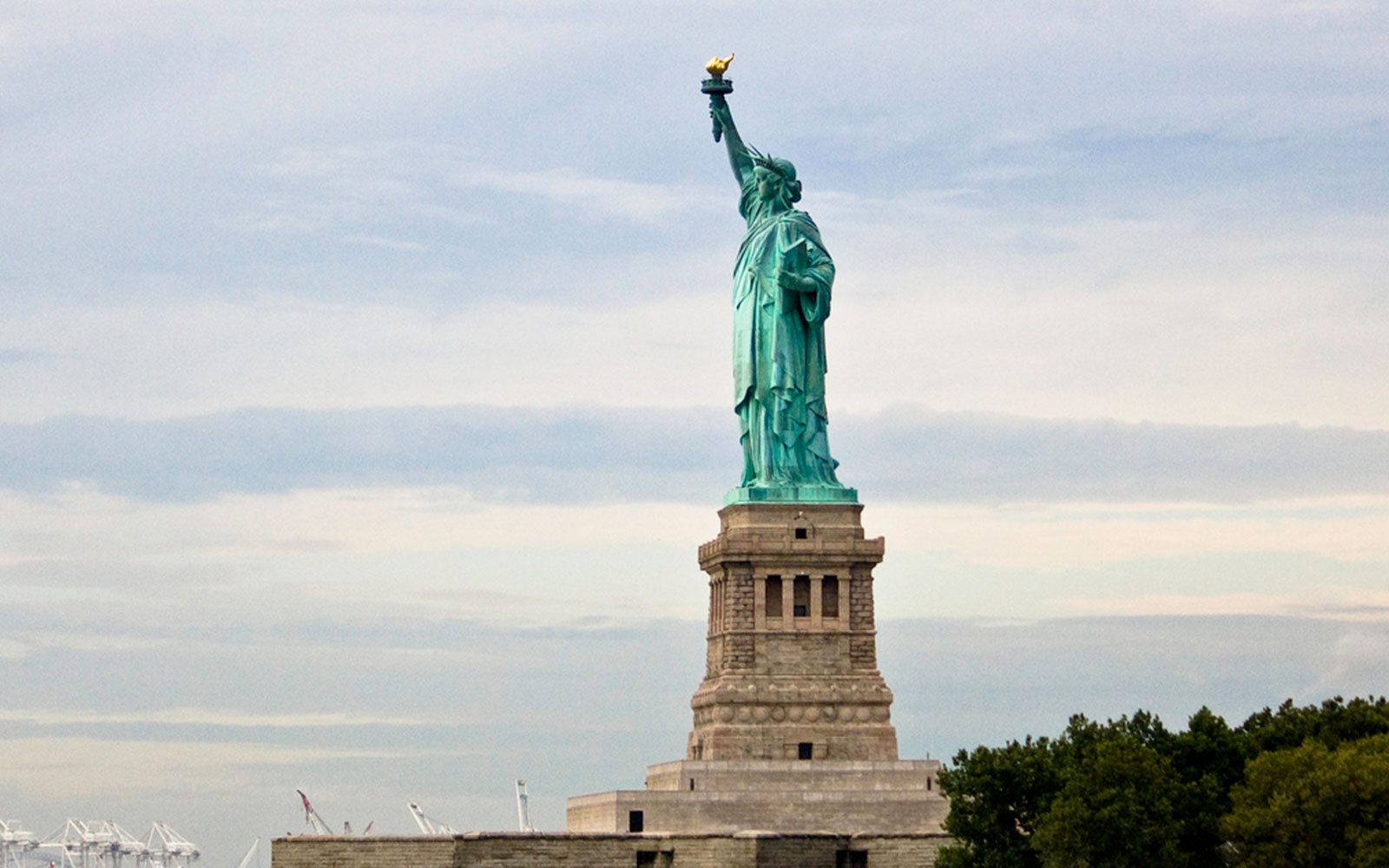
Lady Liberty was displayed in Paris and Philadelphia before arriving in New York on June 17, 1885.
According to legend, the Statue of Liberty came to sculptor Frédéric Auguste Bartholdi as a vision: sailing into New York Harbor in 1870, the French artist suddenly imaged the persona of liberty welcoming him. He sketched out his idea and immediately began pitching it to influential New Yorkers and his powerful countrymen. Though the New Yorkers saw him as a dreamer, the French saw him as someone with a perfect idea for a 100th birthday present for the United States.
When 1876 rolled around, however, Lady Liberty still a work in progress. Bartholdi sent her hand and torch to be displayed at the Philadelphia Exposition, while he and Gustave Eiffel (as in the Eiffel Tower) worked on engineering the rest of her. He finished the job in 1884 and displayed it in Paris while the U.S. readied the pedestal. Then, as TIME recounted in 1936, it was time to bring the statue across the Atlantic:
"Carefully taken apart, the Goddess of Liberty was packed in 214 enormous crates, consigned to the steam-and-sail gunboatIsère for shipment to the U. S. In charge of the shipment was a 19-year-old French lieutenant, Rodolphe Victor de Drambour. No hatches on the little ship were big enough for the enormous crates. He cut open the side of the ship, pushed the dissected goddess straight into the hold. Throughout a 72-hour storm with canvas cut to staysail & spanker, Lieutenant de Drambour stayed on the bridge of his ship, while the crates shifted wildly, threatened any instant to sink him. Two days after his 20th birthday he dropped anchor off Sandy Hook, welcomed by the New York World, the New York Yacht Club, the U. S. Fleet, and a spanking good dinner at the Hoffman House."
It was 130 years ago today, on June 17, 1885, that the ship and its precious cargo reached New York—and another year before reassembly was complete and the finished product could be unveiled.